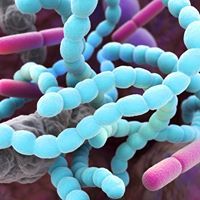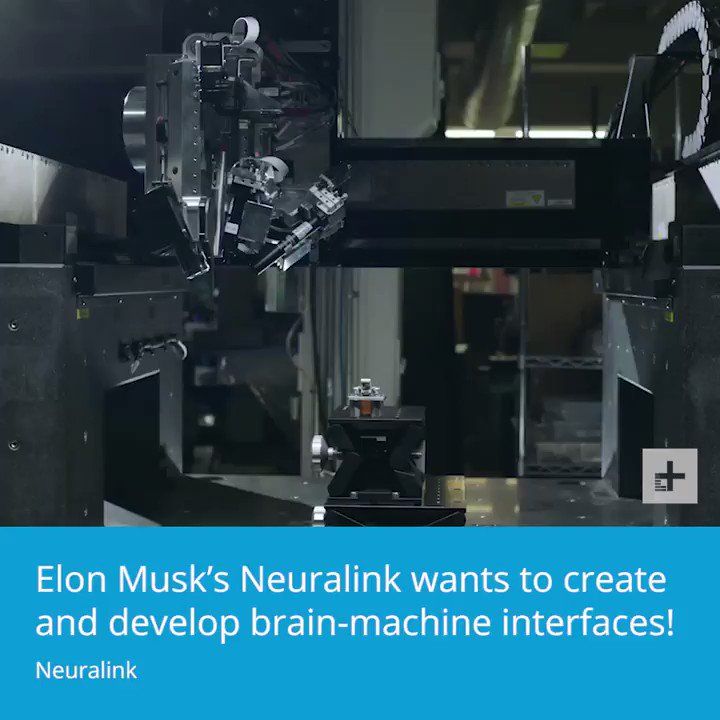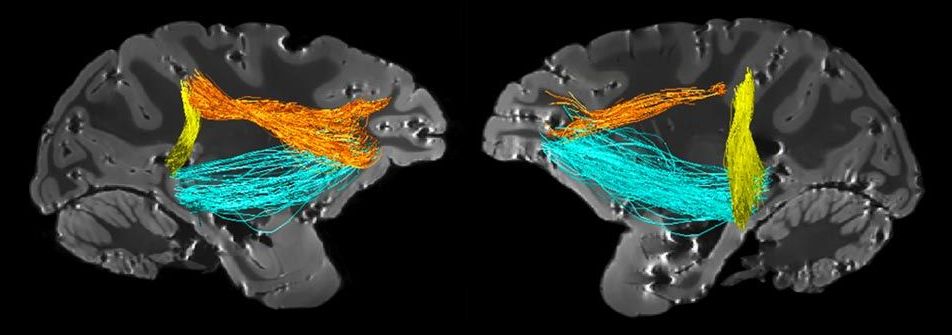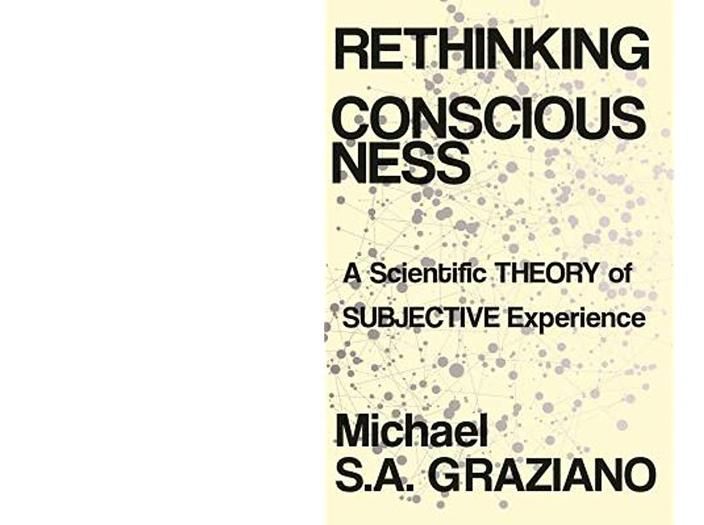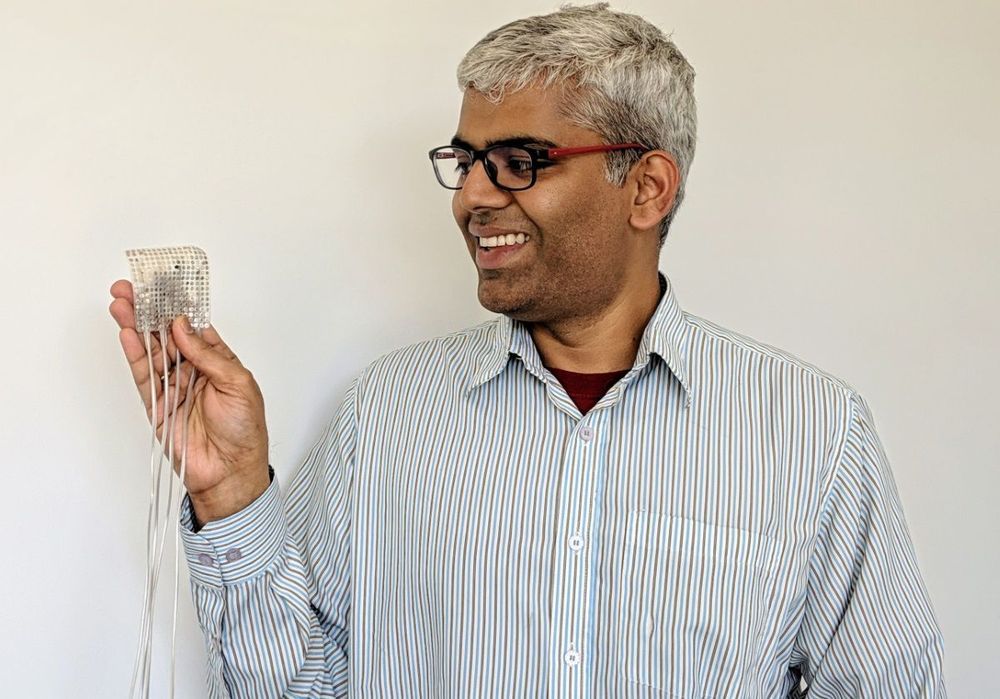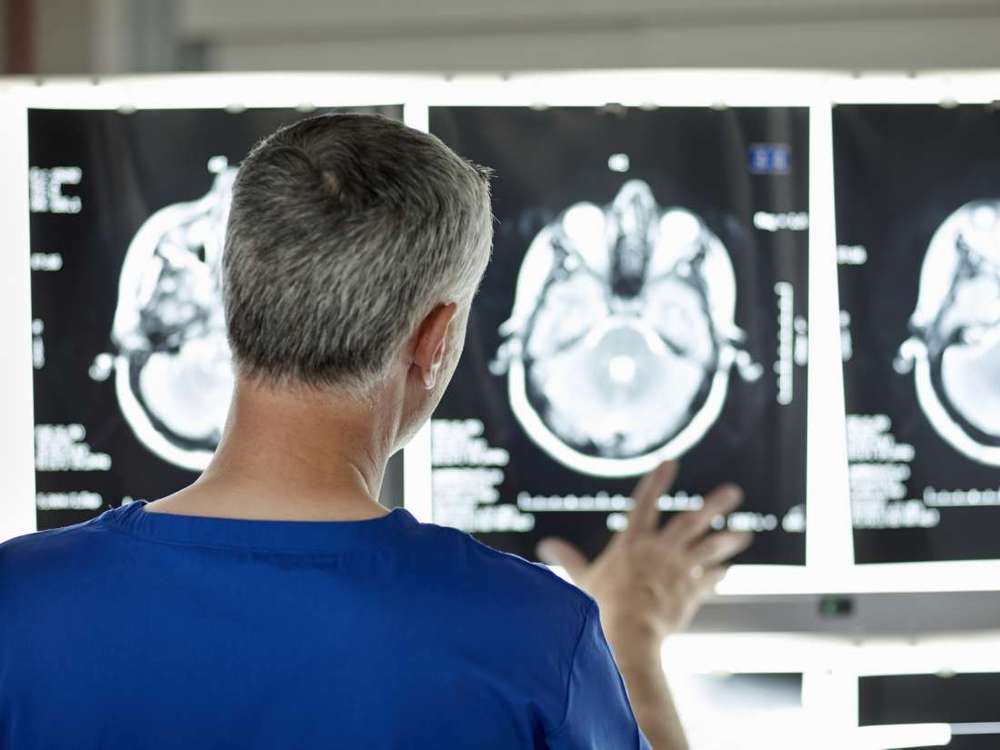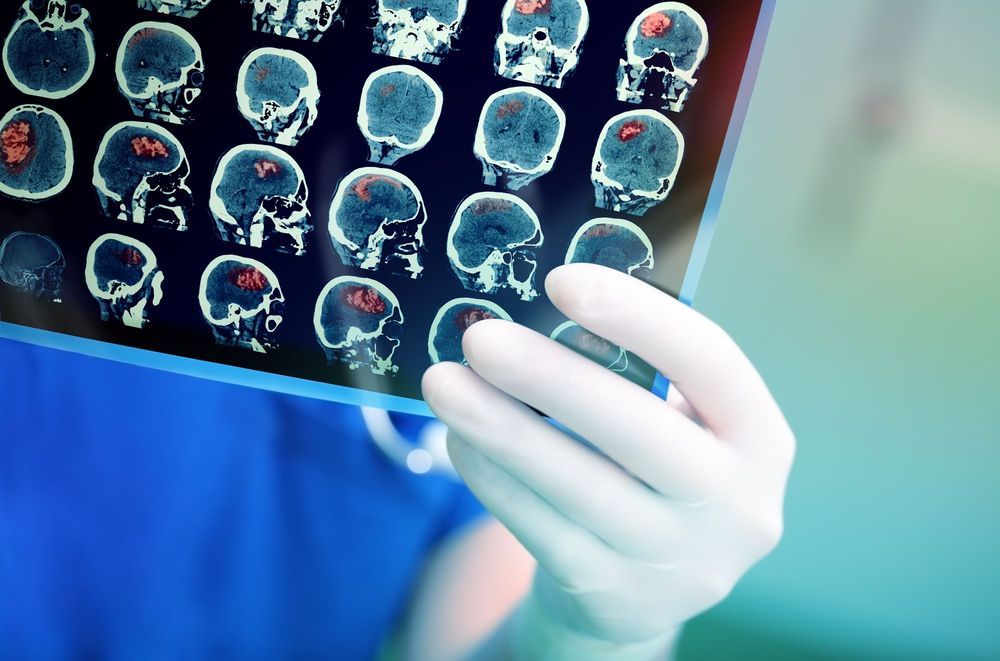Archive for the ‘neuroscience’ category: Page 683
Jan 5, 2020
ElonMusk’s Neuralink wants to create and develop brain-machine interfaces
Posted by Klaus Baldauf in category: neuroscience
.@ElonMusk’s Neuralink wants to create and develop brain-machine interfaces.
Jan 4, 2020
A Surprising New Source of Attention in the Brain Raises New Questions
Posted by Genevieve Klien in category: neuroscience
As you read this line, you’re bringing each word into clear view for a brief moment while blurring out the rest, perhaps even ignoring the roar of a leaf blower outside. It may seem like a trivial skill, but it’s actually fundamental to almost everything we do. If the brain weren’t able to pick and choose what portion of the incoming flood of sensory information should get premium processing, the world would look like utter chaos—an incomprehensible soup of attention-hijacking sounds and sights.
Meticulous research over decades has found that the control of this vital ability, called selective attention, belongs to a handful of areas in the brain’s parietal and frontal lobes. Now a new study suggests that another area in an unlikely location—the temporal lobe—also steers the spotlight of attention.
The unexpected addition raises new questions in what has long been considered a settled scientific field. “The last time an attention controlling area was discovered was 30 years ago,” says Winrich Freiwald, head of Rockefeller’s Laboratory of Neural Systems, who published the findings in the Proceedings of the National Academy of Sciences on November 4, 2019, “This is a fundamental discovery that might require a rethinking of old concepts about attentional control.”
Jan 4, 2020
Rethinking Consciousness: A Scientific Theory of Subjective Experience
Posted by Mike Diverde in categories: biological, food, neuroscience, robotics/AI
If you’re interested in mind uploading, I have a book that I highly recommend. Rethinking Consciousness is a book by Michael S. A. Graziano, who is a Princeton University professor of psychology and neuroscience.
Early in his book Graziano writes a short summary:
“This book, however, is written entirely for the general reader. In it, I attempt to spell out, as simply and clearly as possible, a promising scientific theory of consciousness — one that can apply equally to biological brains and artificial machines.”
Continue reading “Rethinking Consciousness: A Scientific Theory of Subjective Experience” »
Jan 4, 2020
Keep exercising: New study finds it’s good for your brain’s gray matter
Posted by Paul Battista in categories: biotech/medical, life extension, neuroscience
Cardiorespiratory exercise—walking briskly, running, biking and just about any other exercise that gets your heart pumping—is good for your body, but can it also slow cognitive changes in your brain?
A study in Mayo Clinic Proceedings from the German Center for Neurodegenerative Diseases provides new evidence of an association between cardiorespiratory fitness and brain health, particularly in gray matter and total brain volume—regions of the brain involved with cognitive decline and aging.
Brain tissue is made up of gray matter and filaments called white matter that extend from the gray matter cells. The volume of gray matter appears to correlate with various skills and cognitive abilities. The researchers found that increases in peak oxygen uptake are strongly associated with increased gray matter volume.
Jan 4, 2020
Hearing through lip-reading
Posted by Nicholi Avery in categories: neuroscience, robotics/AI
“Brain activity synchronizes with sound waves, even without audible sound, through lip-reading, according to new research published in JNeurosci.”
https://www.eurekalert.org/pub_re…/2020–01/sfn-htl010220.php
For more news on neuroscience, artificial intelligence, and psychology, please like and follow our Facebook page: https://m.facebook.com/story.php?story_fbid=502518503709832&id=383136302314720
Jan 4, 2020
Decoder translates brain activity into speech
Posted by Brent Ellman in categories: biotech/medical, computing, neuroscience
Neurological conditions or injuries that result in the inability to communicate can be devastating. Patients with such speech loss often rely on alternative communication devices that use brain–computer interfaces (BCIs) or nonverbal head or eye movements to control a cursor to spell out words. While these systems can enhance quality-of-life, they can only produce around 5–10 words per minute, far slower than the natural rate of human speech.
Researchers from the University of California San Francisco today published details of a neural decoder that can transform brain activity into intelligible synthesized speech at the rate of a fluent speaker (Nature 10.1038/s41586-019‑1119-1).
“It has been a longstanding goal of our lab to create technology to restore communication for patients with severe speech disabilities,” explains neurosurgeon Edward Chang. “We want to create technologies that can generate synthesized speech directly from human brain activity. This study provides a proof-of-principle that this is possible.”
Jan 4, 2020
What causes Alzheimer’s? Not toxic amyloid, new study suggests
Posted by Genevieve Klien in categories: biotech/medical, neuroscience
The findings of a new study suggest that the accumulation of toxic beta-amyloid proteins in the brain may not be the cause of Alzheimer’s disease.
Jan 3, 2020
Pumping cold water inside the body could help after heart attacks
Posted by Paul Battista in category: neuroscience
Flushing cold water through a tube down the throat can stop the body overheating, helping prevent brain damage after a heart attack.
Jan 3, 2020
Brain imaging breakthrough predicts Alzheimer’s decline in early stages
Posted by Paul Battista in categories: biotech/medical, neuroscience
Utilizing a recently developed brain imaging technique new research suggests that measuring accumulated levels of a protein called tau may predict future neurodegeneration associated with Alzihemer’s disease. The discovery promises to accelerate clinical trial research offering a novel way to predict the progression of the disease before major symptoms appear.
Exactly what occurs in the human brain during the earliest stages of Alzheimer’s disease remains quite a mystery for dementia researchers. While studies have homed in on several pathological signs signaling moderate to severe cases of Alzheimer’s, it’s still unclear what the initial triggers for the disease are, and without this vital information scientists are struggling to generate effective drugs and treatments to slow or prevent the disease.
The two big pathological signs of Alzheimer’s most researchers agree on are accumulations of amyloid and tau proteins in the brain. Abnormal aggregations of amyloid proteins, into what are referred to as plaques, are generally considered to be the primary causative mechanism behind Alzheimer’s. Masses of misfolding tau proteins, forming what are known as neurofibrillary tangles, are also seen in the disease.
